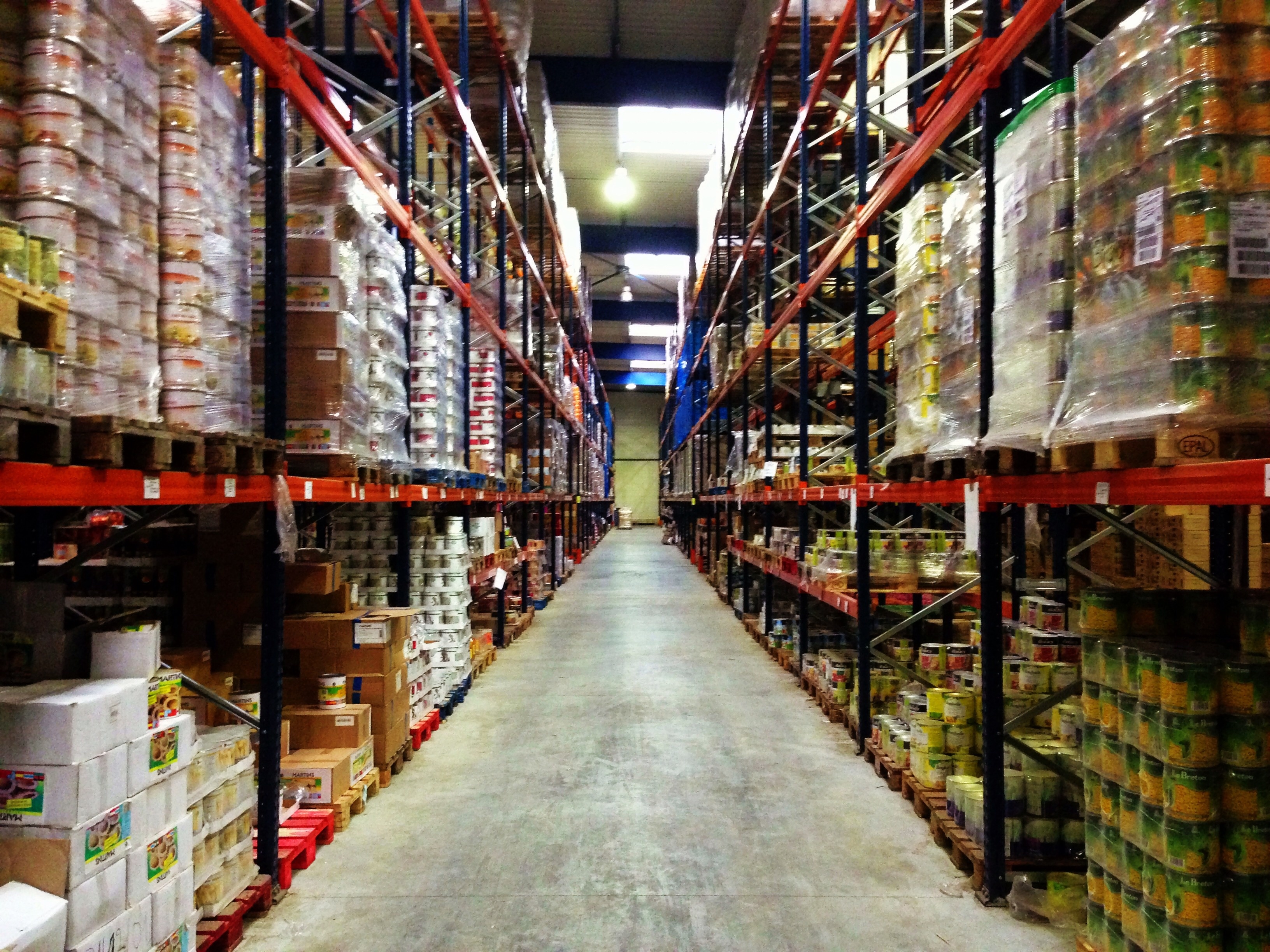



Canada moves to reduce food waste with new initiative
Canada's Agriculture Minister has launched the first two streams of the Food Waste Reduction Challenge as part of the country's wider food policy.According to estimates, more than half of Canada’s food supply is wasted annually and $49.5 billion of that wasted food is avoidable. Food is wasted from farm to plate, through production, processing, distribution, retail, food-service and at home.
As she unveiled the policy, Minister Bibeau said, "Reducing food waste is necessary for so many reasons: it can help save consumers money, improve food security, support efficiency in the agriculture and food sector, and significantly reduce greenhouse gas emissions. Through this exciting challenge, our Government is finding new ways of reducing food waste across the supply chain.”


Challenge Streams A and B are now open for concept applications with a closing date of 18 January 2021. Up to $10.8 million will be awarded to innovators with an innovative way of “doing business” (that is, a new business model) that can prevent or divert food waste at any point from farm-to-plate.
The Food Waste Reduction Challenge will use a stage-gated approach to move innovators through the process of developing and deploying their solutions. At each stage of the Challenge, an external group of subject matter experts will recommend which applicants move to the following stage and receive funding. For Challenge Streams A and B, at the last stage, one winner per stream will be awarded a grand prize of up to $1.5M.
Johnathan Wilkinson, Canada's Minister for Environment and Climate Change said, “In order to meet our climate targets, Canada must address emissions from all sectors, including emissions from food loss and waste. From production, to transportation, to disposal in landfills, food loss and waste is a significant contributor to greenhouse gas emissions. The Food Waste Reduction Challenge will help Canadians develop innovative and effective solutions to this problem and I am excited to see the results.”
Funding will be awarded to those whose innovative solutions have the potential of reducing the most amount of food waste, with a focus on new innovators looking to accelerate and grow their solutions and who may not have the necessary resources.
Altogether, the Food Waste Reduction Challenge is a $20M investment. The launch of two additional challenge streams focused on technological solutions to food waste is planned for spring 2021. Challenge Streams C and D will support technologies that can extend the life of food or transform food that would otherwise be lost or wasted.
Background information
- 8 percent of all greenhouse gases worldwide are the result of food waste.
- Eligible participants of the Challenge could include for-profit and non-profit organisations, Indigenous organisations, community groups, Canadian academic institutions, regional and municipal governments, and individuals. The Challenge is open to international applicants with a Canadian partner or an ability to register to do business in Canada.
- The Food Policy for Canada is a roadmap for a healthier and more sustainable food system in Canada – one that builds on the Government’s ambitious agenda to support the growth of Canada’s farmers and food businesses, as well as key federal initiatives.
- The Food Policy for Canada will also help the country meet its commitments under the United Nations’ Sustainable Development Goals, including to end hunger, promote good health, cut food waste, and encourage sustainable food systems.
- The Government of Canada is also supporting the reduction of food waste during COVID-19 through the Surplus Food Rescue Programme. This programme diverts excess food from waste or disposal while addressing food insecurity of vulnerable populations impacted by the pandemic.
- Canada is committed to the United Nation’s 2030 Agenda for Sustainable Development, including Sustainable Development Goal 12.3, which sets a target to “halve per capita global food waste at the retail and consumer levels and reduce food losses along production and supply chains, including post-harvest losses” by 2030.










